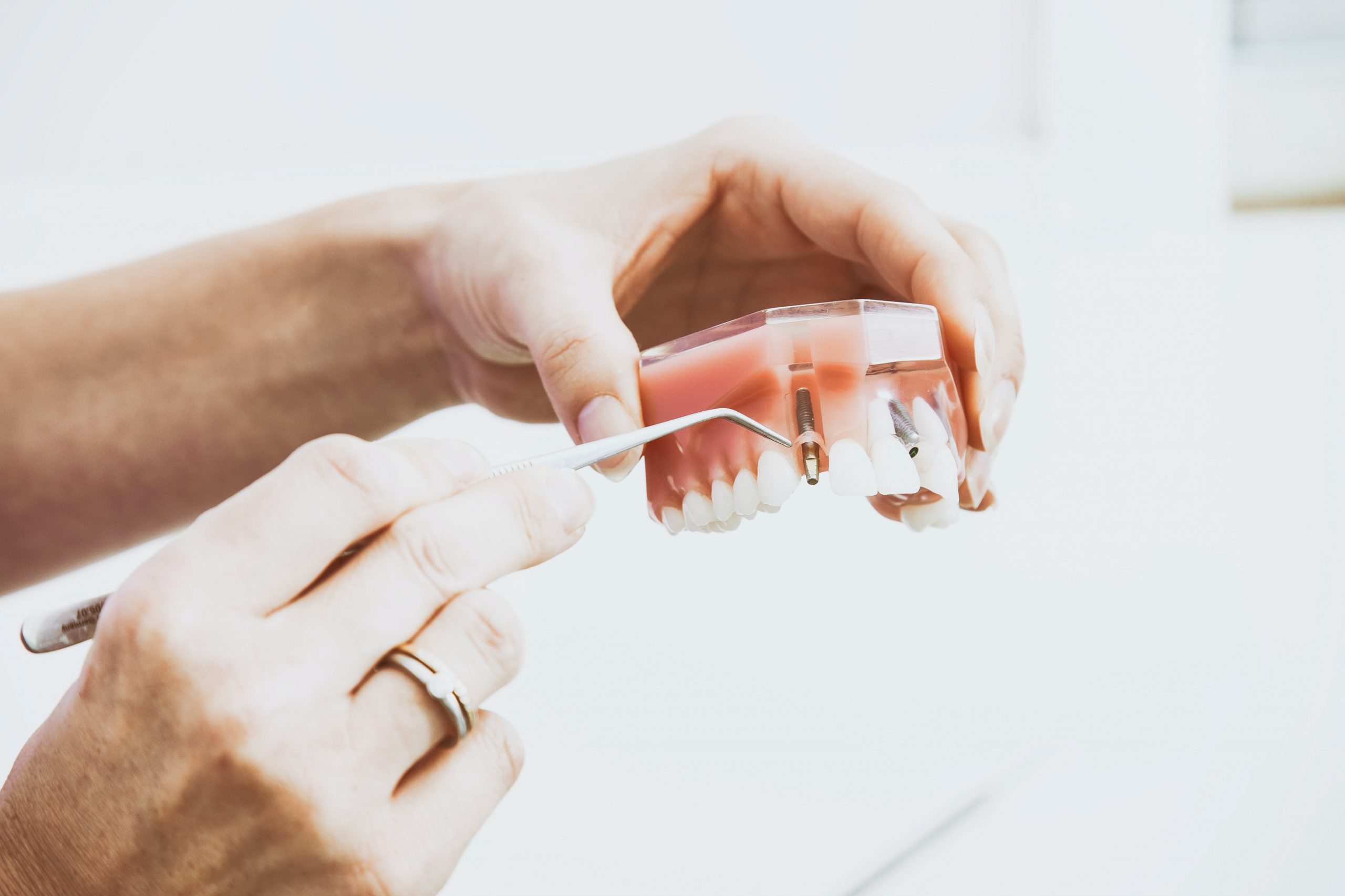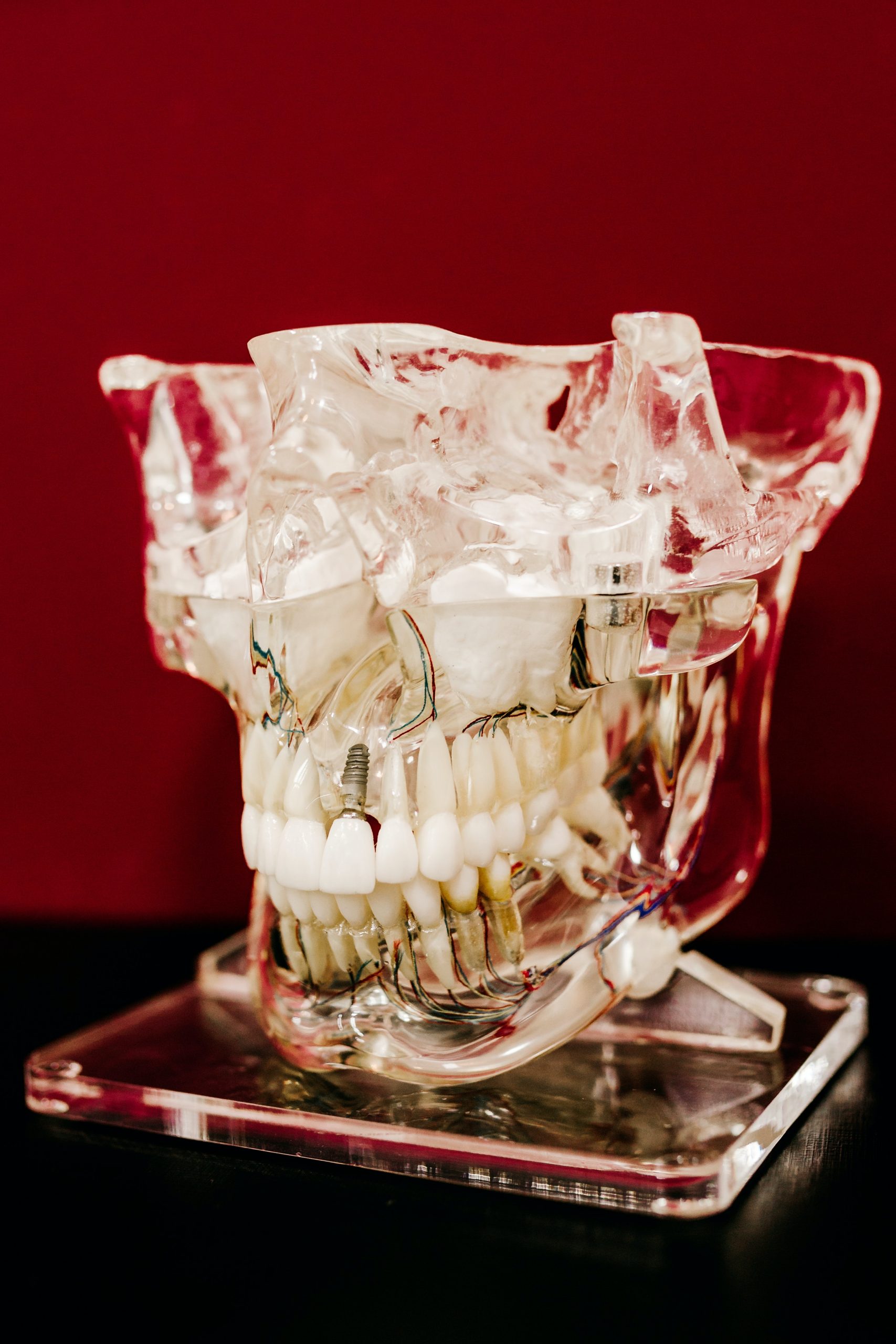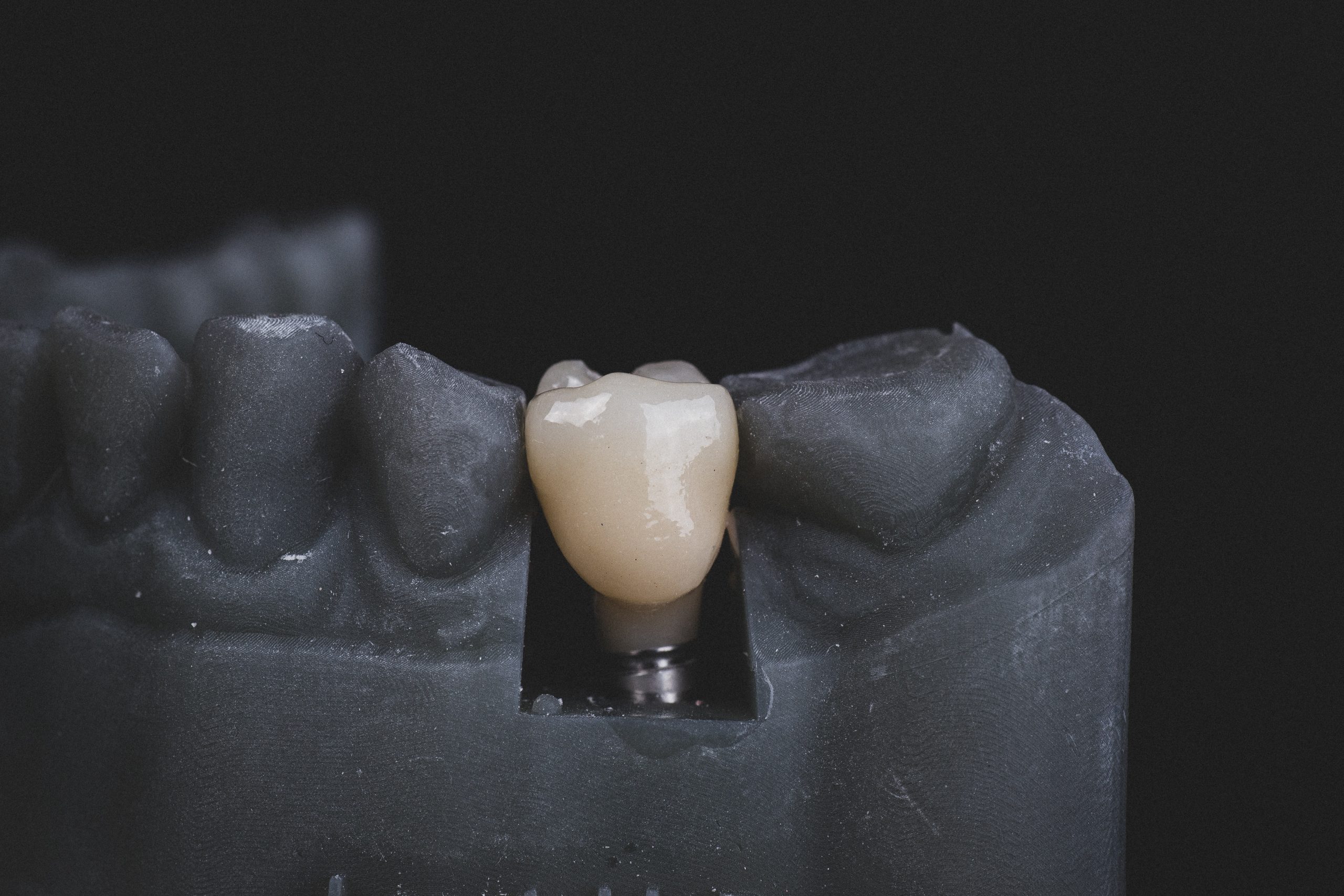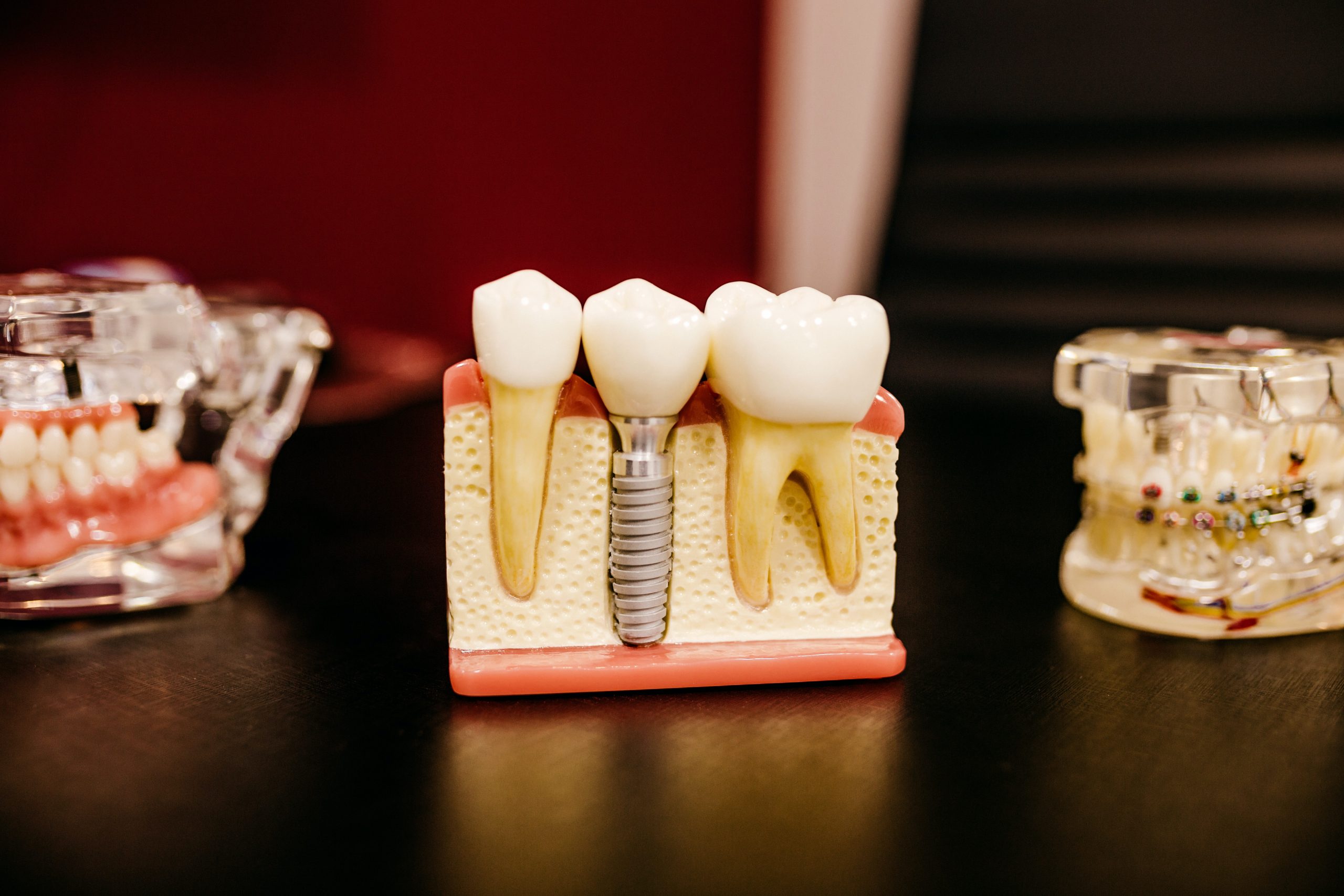
Current Approaches to the Concept of Occlusion in Implantology
Dental implantology has revolutionized modern dentistry by providing a reliable, predictable and long-lasting solution to missing teeth. However, achieving a successful outcome with dental implants requires a thorough understanding of the concept of occlusion. Occlusion refers to the way teeth come together when the mouth is closed and is critical for the function and longevity of dental restorations. Occlusion in Implantology is an important factor.
Biomechanical considerations
The biomechanical considerations of implant occlusion involve the forces acting on the implant and surrounding bone. Implants are subject to a range of forces, including masticatory forces, parafunctional habits, and occlusal overload. Occlusal overload can lead to implant failure due to the stress and strain placed on the implant-bone interface. To avoid this, implant occlusion must be carefully planned and adjusted to distribute occlusal forces evenly across the implant restoration.
Prosthetic considerations
Prosthetic considerations of implant occlusion involve the design and fabrication of the implant restoration. The restoration must be designed to distribute occlusal forces evenly and reduce the risk of implant overload. This can be achieved through careful selection of materials, restoration contour, and occlusal contacts. The use of computer-aided design and computer-aided manufacturing (CAD/CAM) technology has revolutionized the design and fabrication of implant restorations, enabling precise and accurate occlusal adjustment.
Implant position
The position of the implant can also affect occlusion. Implants placed in the posterior region of the mouth may be subject to higher occlusal forces due to the increased leverage from the longer moment arm. To compensate for this, the implant restoration may need to be designed with an altered occlusal scheme, such as a group function or mutually protected occlusion.
Periodontal considerations
Periodontal considerations of implant occlusion involve the health of the peri-implant tissues. Implants that are subjected to excessive occlusal forces can lead to peri-implant bone loss and implant failure. To prevent this, implant occlusion must be carefully planned to distribute occlusal forces evenly and avoid implant overload.
Conclusion
In conclusion, the concept of occlusion in implantology is critical for achieving successful outcomes. Biomechanical, prosthetic, implant position, and periodontal considerations must be taken into account when planning and adjusting implant occlusion. With the advancement of technology and materials, implant occlusion can now be carefully planned and adjusted to achieve optimal outcomes for patients.





